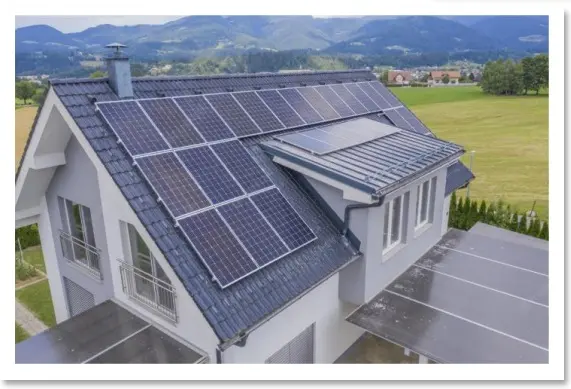- In Europe, the war in Ukraine has resulted in high natural gas prices, which in turn have resulted in high wholesale electricity prices. With a single market clearing price (MCP) all generators, even those utilizing renewable resources, receive high renumerations, which seems unfair while exasperating customer’s high electricity bills. Not surprisingly, there have been proposals to break-up the market into two MCPs, one for thermal generators and one for renewable producers. How exactly to do this, however, is not trivial.
- In Australia, the transition to utility-scale wind and solar plus distributed rooftop solar generation is taking place faster than anywhere else (preceding article) creating unique issues for a continent with limited transmission capacity and no interconnections to other markets.
- In the US, the situation is even more complicated since parts of the country have competitive wholesale markets while others don’t; parts of the country have high penetration of renewables while others don’t, and while some states have high levels of distributed generation while others don’t. Making matters worse, the Federal Energy Regulatory Commission (FERC) does not have a strong enough mandate to maneuver the existing markets or order new ones to be created. Coordination and planning of transmission and the integration of renewables are difficult within states and monumentally more so across state boundaries. Canada, which is well-integrated within the North American grid, is indirectly affected by FERC decisions whether it likes it or not.
- In the meantime a number of developing economies where partial market reforms have already taken place, are following the progress of the debate elsewhere in search of suitable solutions that would work in their own cases
In a white paper titled Economics of Grid-Supported Electric Power Markets: A Fundamental Reconsideration, Leigh Tesfatsion, a professor at Iowa State University, highlights 4 conceptually problematic presumptions embedded in the legacy design of the existing North American markets that are hindering the transition to a predominantly renewable future. She says, “The key problematic presumption is the static conceptualization of the basic transacted product as grid-delivered energy (MWh) competitively priced at designated grid locations during successive operating periods, supported by ancillary services.” Among Tesfatsion’s key concerns is the “increasing uncertainty and volatility of net load” which requires more flexible power supply and demand. The potential remedy is to increase “the dependable availability of diverse dispatchable power flows.” She proposes an alternative “linked swing-contract market design” that is better-suited for an increasingly decarbonized grid. Her proposal “… entails a fundamental switch to a dynamic insurance focus on advance reserve procurement permitting continual balancing of real-time net load,” adding that in this case, “… reserve consists of the guaranteed availability of flexible power production capabilities for possible centralized dispatch during future operating periods, offered into linked centrally-managed forward reserve markets by two-part pricing swing contracts in firm or option form.”
Many developing countries with partiallyfunctioning wholesale markets are stuck in what may be considered a no-man’s land: they are no longer centrally operated by a state-owned enterprise (SOE) nor have they advanced to a fully competitive wholesale market where prices are determined by hourly supply and demand conditions. These countries have a chance to design their markets by incorporating the latest ideas being considered elsewhere while considering the full potential of low carbon generation resources as well as developments taking place on the demand side of the market.
Moreover, the IEA said that renewables will account for over 90% of global electricity expansion over the next 5 years, overtaking coal to become the largest source of global electricity by early 2025. Russia’s invasion of Ukraine is strengthening the appeal of renewables.

